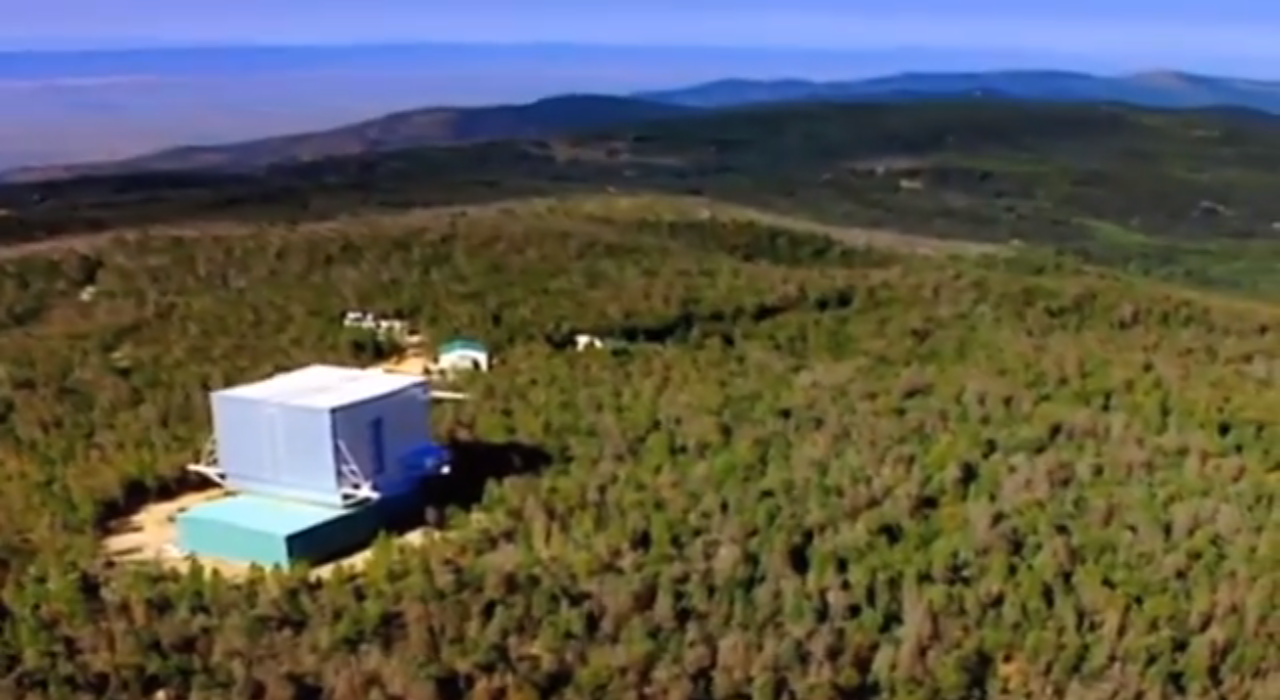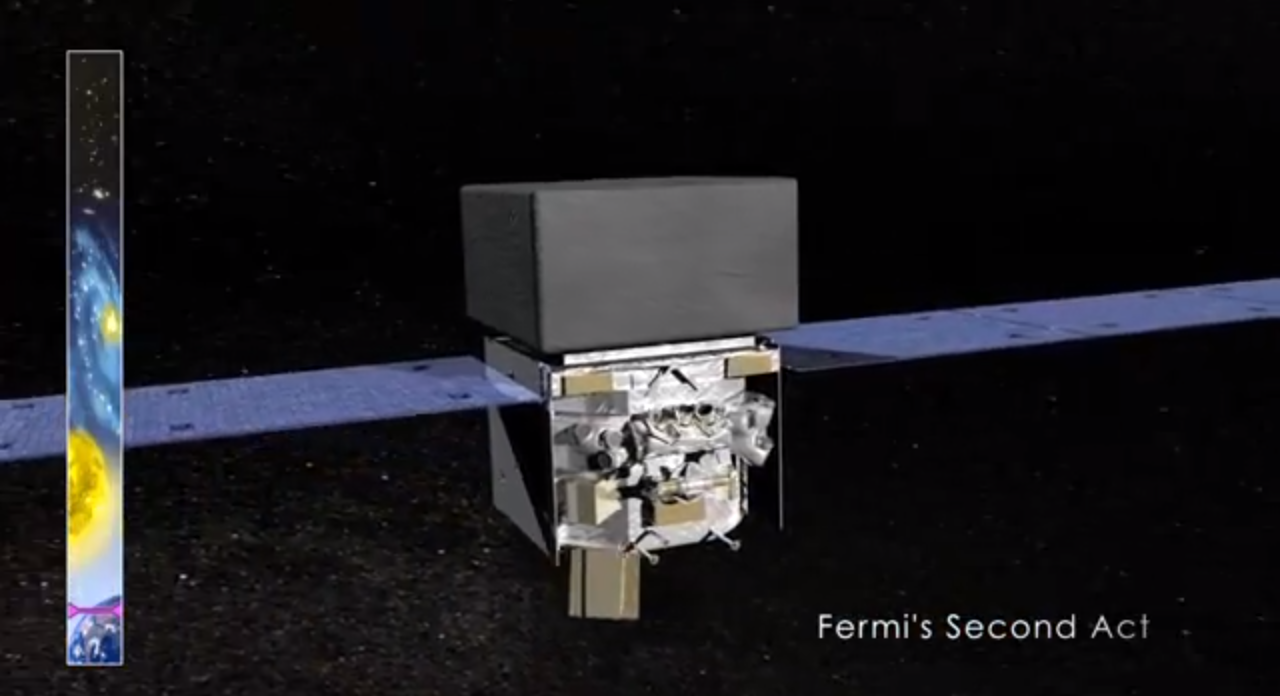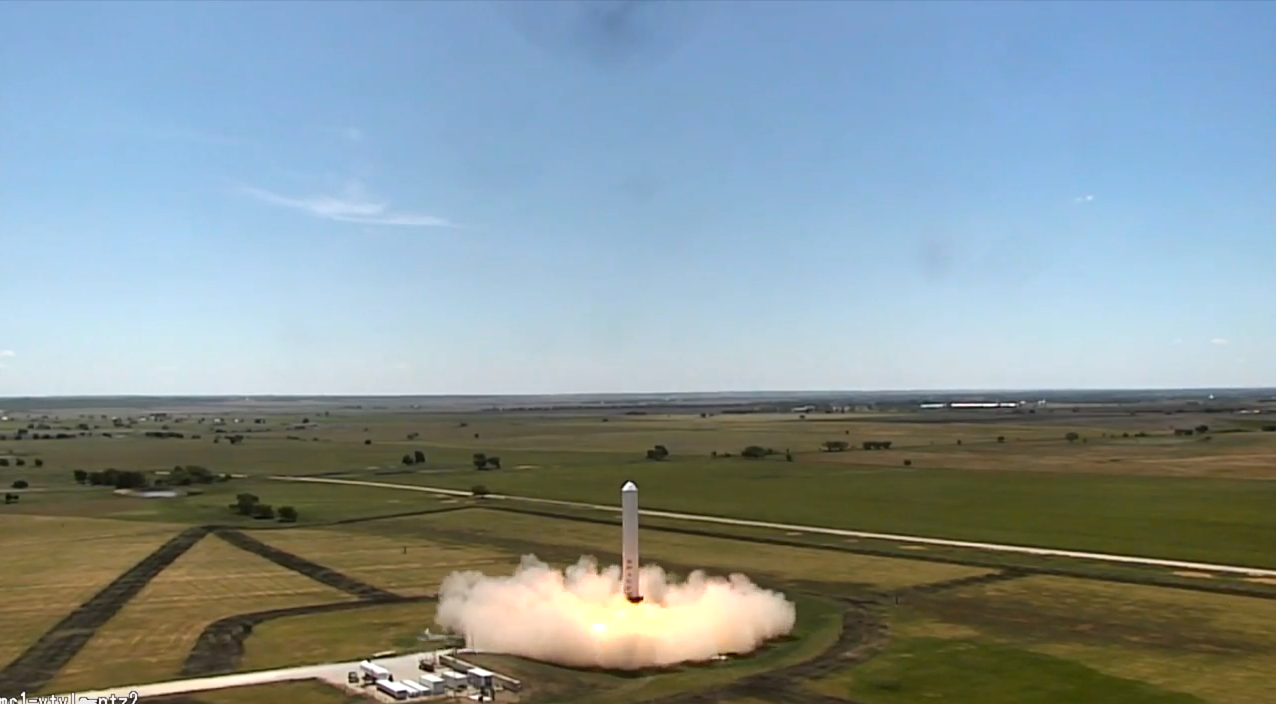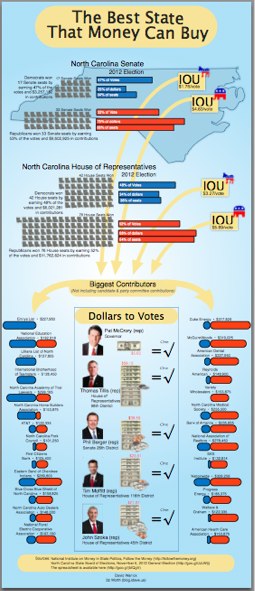Brenda (my wife) and I are having a continuing “conversation” about photography. She’s a purist, a once passionate photographer in the age of film. Like many things, she set aside her passion for picture-taking for motherhood. Yet, she continues to have an opinion about what’s good photography and what’s…
Bottom line, digital processing of photos is not photography. She wants the photos to look like photos and the other stuff can be enjoyed by people who enjoy.. well, “other stuff.”
I’ve been trying to figure out how to explain to her the joy I have playing with the photos that I take, using a variety of computer applications, to continue to make the picture – and I think I’ve found an angle.
It started a while back when I was watching a photography podcast, a session about HDR (High Dynamic Range) (see this previous article). The speaker said that,
“HDR enables the photographer to capture what it was that inspired the taking of the picture.”
The more I thought about it, the more sense this statement made. You see, when I look up this mountain, the house, and the distinct cloud formations above it, I’m struck by both the distance and the closeness, the sheer quantity of ground, covered by giant spruce trees standing before me and the changing hues that all seem eager to claim their place, I am overwhelmed by the awesomeness of it – and I aim and snap.
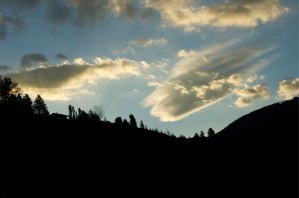 |
|
The original photo, where the brightness of the sky and clouds darkens the mountain-scape Two more exposures, an over exposure (light) and an underexposure (dark) |
 |
 |
|
The software combines the three photos, and enables me to bring through the qualities of each that recapture what it was that inspired me to snap the photo. |
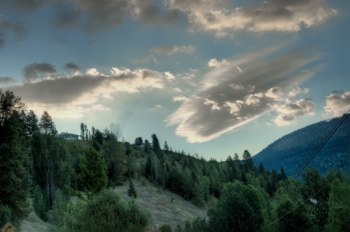 |
| I can even push some of the qualities beyond their reality to make a picture even more interesting, and perhaps more inspiring. |
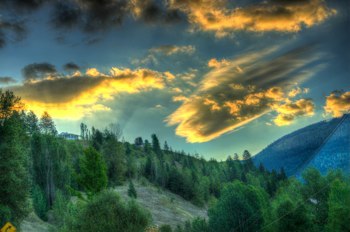 |
But, when I finally display the photo on my computer screen, it comes out pretty much as it was, though not as I saw it. My mind, you see, saw more than my eyes did. It saw the multiple distances, the sunlight swimming through millions of spruce needles, the warmth in the clouds and coolness in the mountains’ shadows. My mind amplified the vibrant colors and registered that the scene was only part of a 360º panorama of sameness and diversity.
My brain made the vision something that no camera could adequately capture, both functionally and technically.
But, when I take three different photos of the scene, at three different exposures, and load them all into my HDR software (Photomatix), I can bring out specific qualities of each exposure, overlap them, bleed them through and accentuate, approaching the vibrance and space that inspired me to aim and snap. I can also exaggerate qualities creating a surreal version of the image, perhaps making interesting something that simply wasn’t to start with.
Now, there’s a reason why I tell this story here. I use to have a bulletin board in my classroom that read, “This classroom is a lens through which you can see the rest of the world,” and I meant it. But there was only so much of the world that I could show my students through 5+ year old textbooks, a 1948 world map, and three cracked chalk boards. To be sure, there was not a lot more I could have done with more recent textbooks, a brand new map and shiny new white boards. The purist would say that I was doing my job, and perhaps doing it well. I was playing my role – educating my students and teaching them skills.
It was also during those first years of teaching that I started paying attention: to the news, to people who weren’t students or teachers, to science (became fascinated by quantum physics), to geography (we owned the book, Europe on $10 a Day (now Europe on $85 a Day) and dreamed of summers, vagabonding across the old continent). I came to realize just how exciting and mysterious and vibrant the world really was, and was inspired to become a better teacher and better lens for my students.
 |
| Closest that I could come. It’s so hard to find pictures of things that predate the World Wide Web. |
But, I couldn’t do it. I went back to the classroom, continuing my traditional role as teacher, expecting my students to sit still, pay attention, and remember. My passion as a lecturer wasn’t nearly enough.
Here we are today, with a new kind of classroom. Our personal learning devices give us access to networked, digital and overwhelmingly abundant information. We are no longer teaching from information scarcity.
Are we now teaching in a time when we can HDR our classrooms. Might we finally capture and share what it was about our world experience, that inspired us to teach. Might we even exaggerate hues and contrasts and blend colors in weird ways. Can we make knowledge flow and glow and grow and cause learning to energize our children – rather than steal it from them.
Can we push reality into our classrooms and inspire our learners to become members, participants, and shapers of their future? – and ours?

